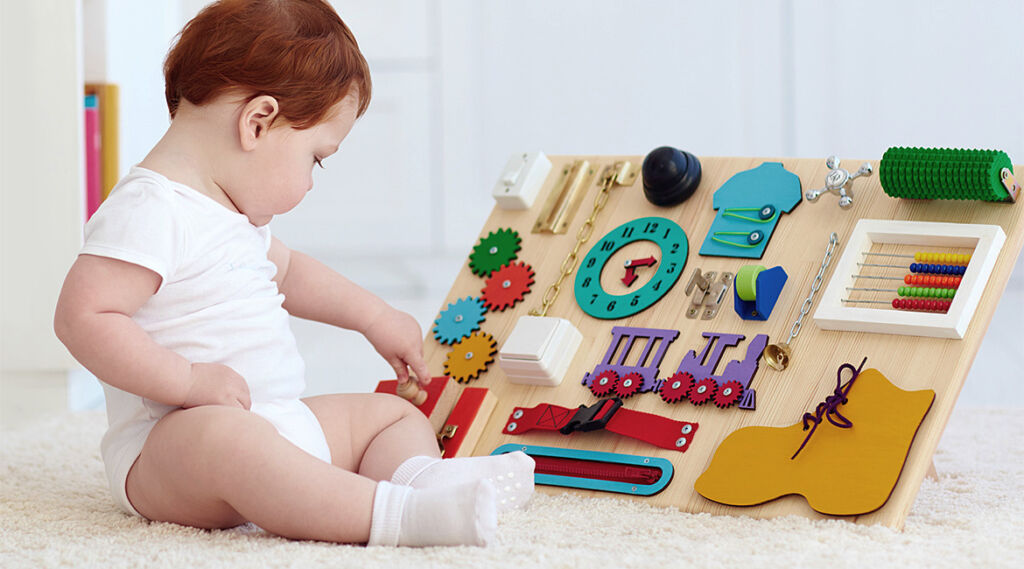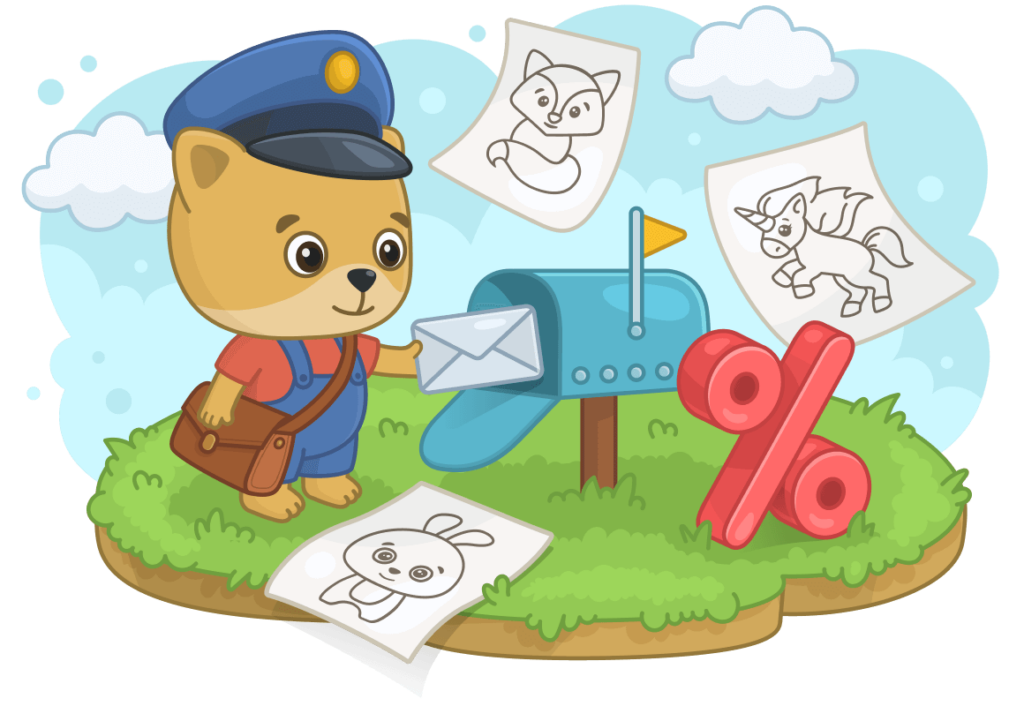We all know that playing alongside our children is important. Not only does it facilitate strong parent-children relationships, but it also helps little ones develop their creativity and logic as well as express their emotions to mom and dad in a way that feels safe for them. Did you know that drawing is one of the best activities you can share with your child, though? Why is drawing together so important, and what precise skills does it help children develop? There are actually several benefits to drawing, tracing, and coloring with your little one on a regular basis.
Drawing Helps Kids Develop Fine Motor Skills
You may have heard your pediatrician or preschool director mention fine motor skills as a developmental factor for children. What are these skills, exactly? Fine motor skills are the skills that help children perform tedious tasks such as zipping up a coat, holding a spoon or fork, and writing with a pen or pencil, for example. These skills are necessary for kids to successfully navigate their day-to-day routine and will later become important for success in school as well. In fact, studies have shown that strong fine motor skills are one of the most important indicators for kindergarten readiness (Grissimer et. al, 2010). Fine motor skills will continue to help children as they get older. Think performing a dissection in chemistry class or playing an instrument in their school band, for instance.
Drawing Aids in Visual Learning
Educational psychologists have long acknowledged that students often display a distinct learning style. Most agree that there are three basic types of learners: kinesthetic learners, auditory learners, and visual (or spatial) learners. Visual learners learn by what they see and retain information better by visualizing the information. Drawing itself can increase your child’s capacity for visual learning. For children who are visual learners by nature, the experience of drawing with mom and dad can be that much more meaningful. If your child happens to be mastering another concept such as parts of speech, for instance, drawing together can make the process much easier and allow your child to gain a better grasp of the subject matter. Drawing objects and labeling them as nouns, for instance, can solidify this information for your son or daughter, while illustrating jumping, running, or walking and labeling these actions as verbs can have the same effect. Of course, this same technique can be applied to a variety of different topics. In fact, drawing can help children use visualization techniques to comprehend and apply knowledge in virtually any subject.

Drawing Can Help Kids (And Adults!) Express Emotions
There are a variety of ways kids can express their feelings, but not all children express themselves in the same way. Children who have trouble articulating their thoughts and emotions may benefit from drawing with their parents, even if they’re not prompted to draw anything in particular or even asked to think about their feelings while putting crayon to paper. Processing feelings and emotions is a healthy thing to do from time to time, even if everything seems to be going well in your child’s life. In fact, it can prevent them from repressing their feelings or bottling them up until they eventually have a meltdown! If your child seems particularly moody or has recently experienced something upsetting, it might be the ideal time to experience drawing together. Recent research has found that coloring can be a stress reliever, even for adults, so you can expect some individual benefits from this particular activity as well!
Drawing Together Helps Form Lasting Bonds
We all know how important it is to spend time with our kids, and just about any activity you do alongside your child is a worthwhile endeavor. Drawing together may have added benefits, however. Drawing puts you down on your son or daughter’s level and allows you to enjoy a shared interest. It also allows your child to see another side of you, one that is less stressed and more playful! In addition, drawing –as we’ve mentioned—tends to bring out feelings and emotions, which can help you build a connection with your little one that may not be possible with other activities such as sports or board games, for instance.
Whether your child is destined to become the next Picasso or not, drawing together is bound to have some benefits, whether it be personal, social, or academic. BimiBoo has many drawing activities and games for kids that allow you to engage in interactive play with your child. The colorful, engaging apps allow you and your little one to explore many different features and tools from tracing to free-drawing, coloring, and even taking snapshots of your masterpieces!



